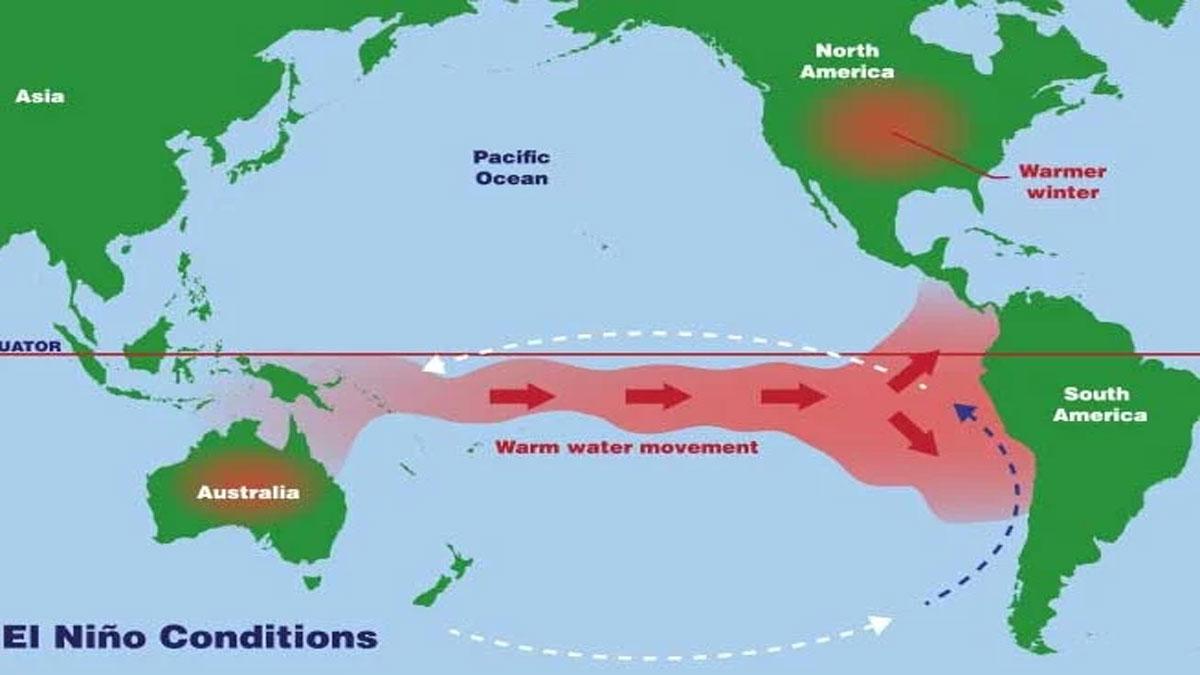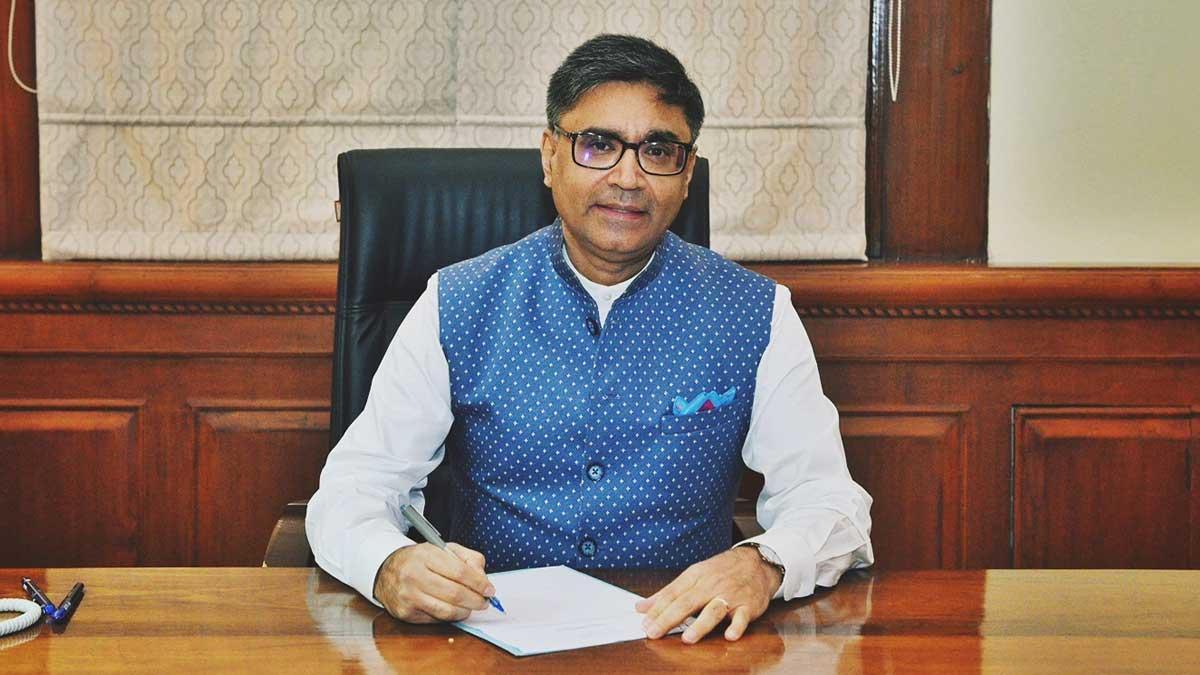The persistent El Niño weather phenomenon, responsible for the unpredictable monsoon in 2023 that significantly impacted India's agricultural sector, continues to be active in the Pacific Ocean, its origin. However, there is optimism as forecasts from the US's Climate Prediction Center, released on January 11, indicate that El Niño is expected to diminish during April-June this year, presenting a positive outlook for the Indian economy.
The Climate Prediction Center's latest forecast highlighted a robust and mature El Niño in the coupled ocean-atmosphere system. Nevertheless, it anticipates that El Niño will persist for the next few seasons, with a 73 percent chance of transitioning to ENSO-neutral (El Niño Southern Oscillation) during April-June 2024. ENSO-neutral signifies normal surface sea temperatures (75-80 degrees Fahrenheit) and is generally associated with standard weather patterns. The Center regularly evaluates the intricate ocean-atmosphere system for its predictions.
El Niño raises concerns in India due to its potential to disrupt the monsoon, causing drought in certain regions and excessive rainfall in others, as witnessed in 2023. While the exact impact on the Indian monsoon is yet to be determined, the news of El Niño transitioning to neutral during April-June suggests a potential abatement of this phenomenon, reducing the risk of monsoon disruption.
Historically, more than half of El Niño years have led to droughts during the monsoon, with all-India rainfall falling below 90 percent of the long-period average. A normal monsoon is crucial for India's agriculture, as 52 percent of the net cultivated area relies on it. Monsoon rains also play a vital role in replenishing water levels in the country's reservoirs, essential for irrigation in the subsequent crop season.
Rain-fed areas, contributing to nearly 90 percent of millets, 80 percent of oilseeds and pulses, 60 percent of cotton, and supporting around 40 percent of India's population and over half the livestock, are particularly sensitive to monsoon variations.
In 2023, India witnessed "below normal" rains and an unusually dry August due to El Niño conditions. The irregular monsoon adversely affected crops, leading to increased vegetable prices, particularly tomatoes and onions, triggering inflation and straining household budgets.
The impact extended to farmers' incomes, influencing industries such as tractor manufacturing and two-wheeler production. Rising prices of essential commodities, including rice, wheat, pulses, and spices, led to inflation, prompting government interventions such as export bans to stabilize prices. The resulting high inflation compelled the Reserve Bank of India (RBI) to raise interest rates, further affecting economic growth as borrowing costs increased for both industries and consumers.
(With Agency Inputs)


















